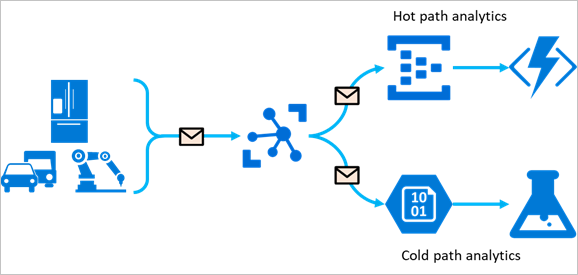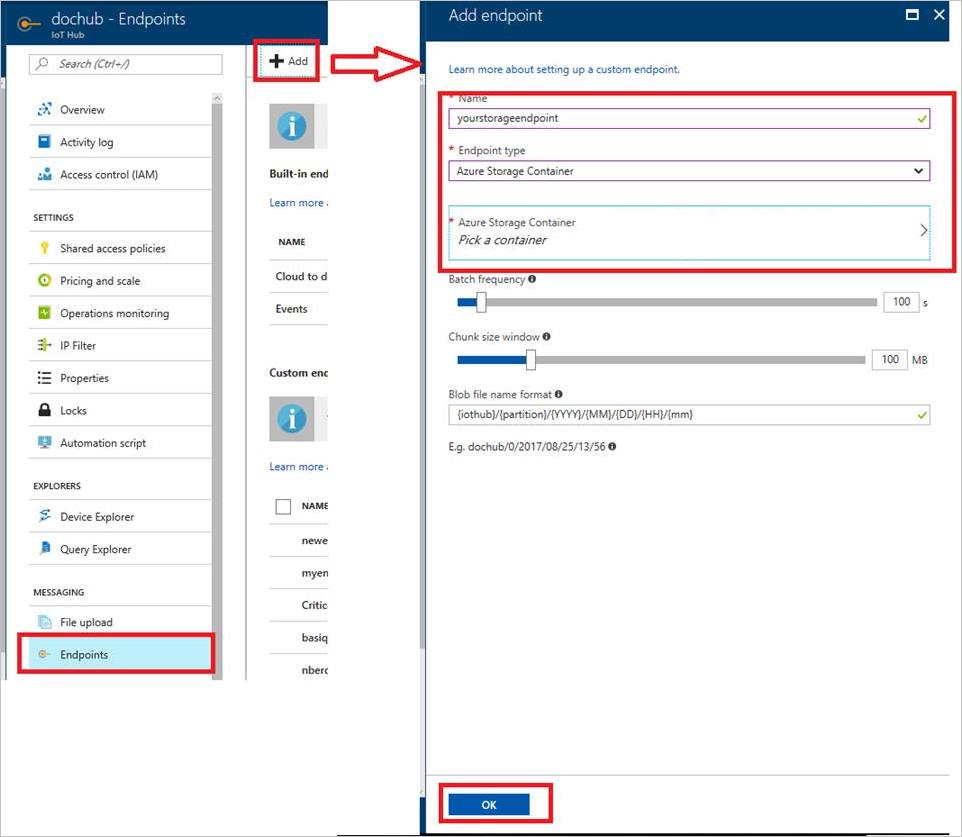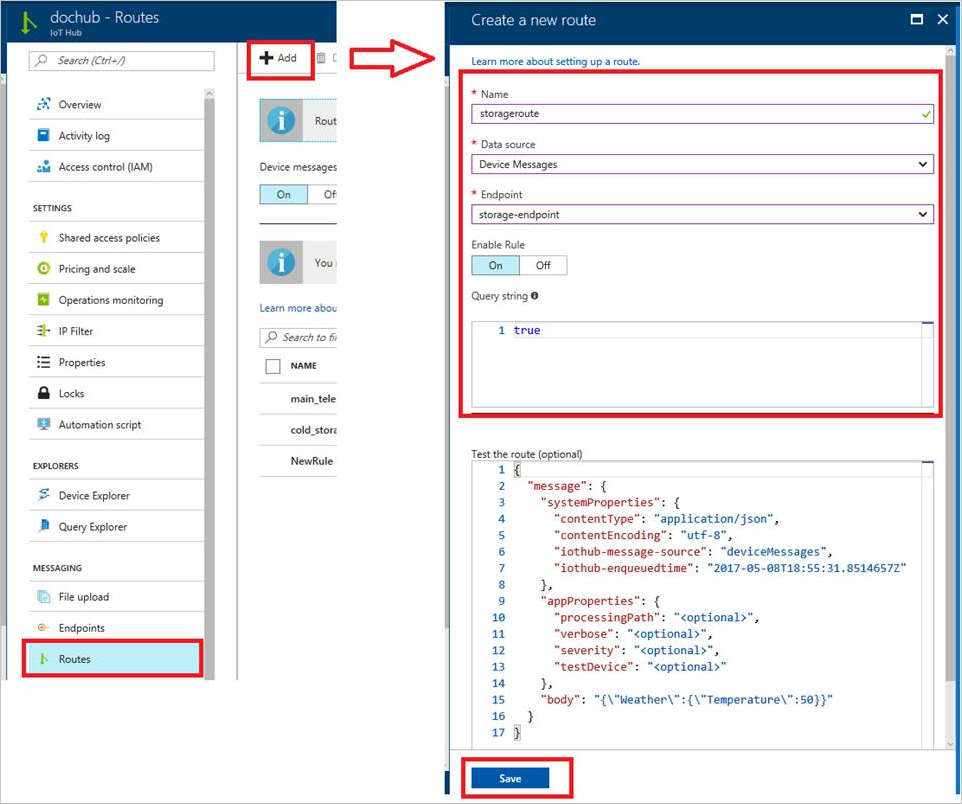Building cold and hot ways for information from IoT gadgets in Azure is an errand that ought to be incorporated into each IoT venture. Building the information stream from gadgets into a logical administration and reinforcement in Azure is both straightforward and powerful. How about we make a glance at the stride by-step usage for this errand IoTHub and function Building hot and Cold Paths
IoTHub
To create IotHub, check the official docs — create the IoTHub.
Device Emulators
To learn how to create a device emulator, check the official docs here on how to create device emulators for IoTHub.
Click here IOT online course from Experts
Blob Storage
To create Blob storage, check the official docs on how to create storage.
Function App Service Plan
To create the function app service itself, check official docs on how to create a Function App.
Configuring Function App
After creating the App Service Plan for the Function App, we have to create a proper type of our function itself. We have to choose the right trigger for it.
Choose to create a new function with EventHub trigger:
Run the function as it is to open log streaming and see what is going on.
Logs:
Run your device emulator to check if the messages are received via the Function App
Logs:
IoTHub and function Building hot and Cold Paths
Nice! We are receiving messages into our IoTHub, and from IoTHub, they are delivered into the Function App.
Configuring Route and Endpoint for Cold and Hot Path
Endpoint
Go to your IoTHub and add new Custom Endpoint. Even in the Free plan in IoTHub, you are able to create one additional custom endpoint, what is enough for our case.
Routes — after, add two new Routes.
Click here IOT training from Experts
First, we need to send data into Blob storage.
Nice! We are receiving messages into our IoTHub, and from IoTHub, they are delivered into the Function App.
Configuring Route and Endpoint for Cold and Hot Path
Endpoint
Go to your IoTHub and add new Custom Endpoint. Even in the Free plan in IoTHub, you are able to create one additional custom endpoint, what is enough for our case. If you are interested to learn IoT training please go through IoT training online



















No comments:
Post a Comment